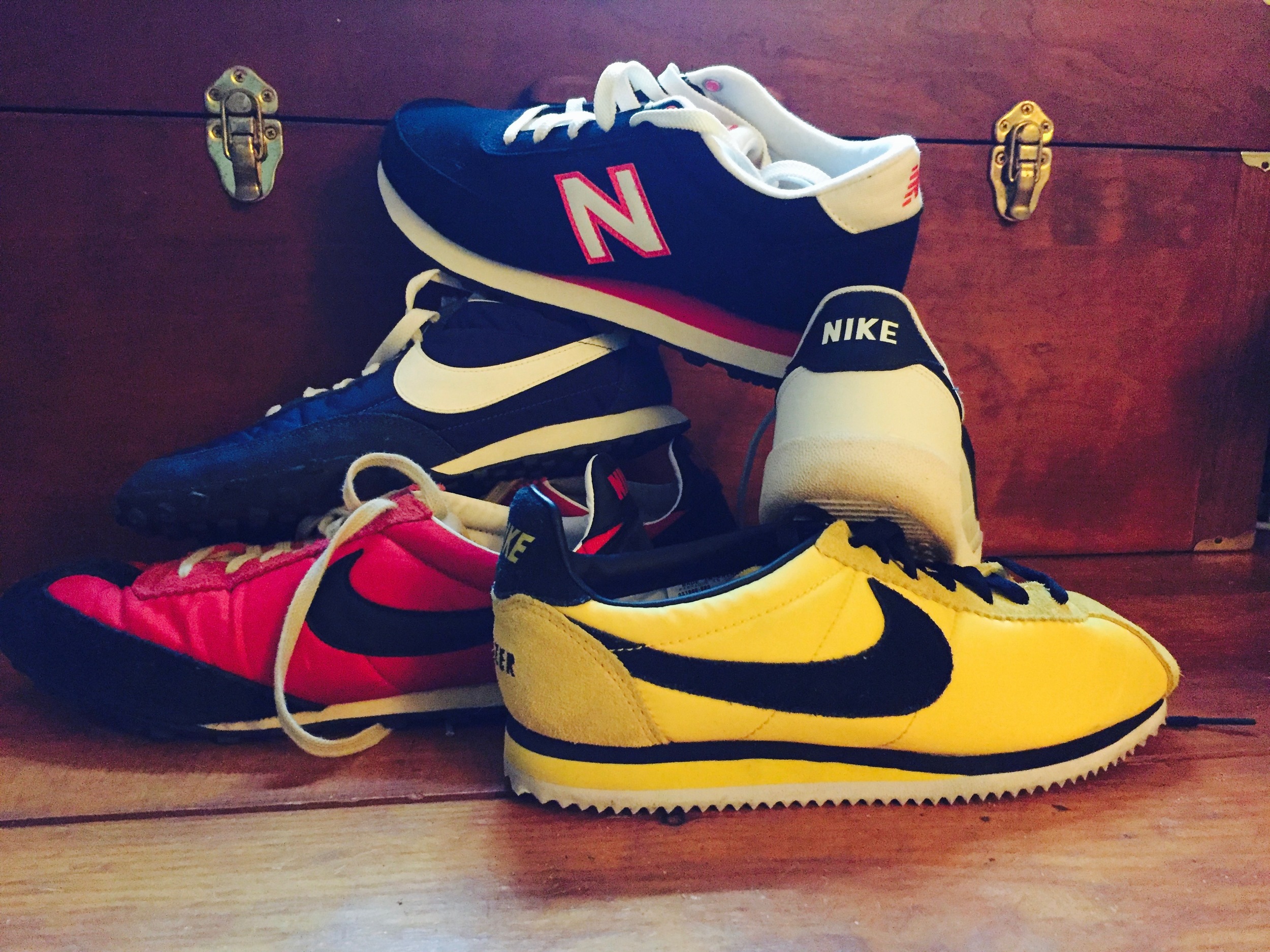It's almost impossible for me to write a post about glutes that does not, in some way, reference Sir Mix A Lot:
"Oh my God Becky, look at her butt. It is so big..."
Every time this song comes on the gym, all of the over 35ers stop whatever they're doing to get their groove on.
Everyone else just watches.
Working on the glute muscles is more than just impressing Becky and her friend though. The glutes are responsible for stabilizing the pelvis and can help promote back health. Here are a few exercises that you can incorporate into your workouts on a weekly basis to help build the kind of butt you can bounce a quarter off of.
If you really want to know everything there is to know about glutes, you want to check out this guy - Bret Contreras, also known as the Glute Guy.
In the meantime, here are a few of my favorites.
Cable pull throughs
Everyone loves doing these in public. And I mean everyone. This is one of the best from the awkward exercise selection, but in all honesty is one of the best for you.
Key coaching cue: Use your hips, not your hands. Keep your spine straight throughout the movement and squeeze those cheeks at the top like you're cracking a walnut.
Monster walks
This is an easy exercise to rush through, so be sure to take your time with them. Start with a lighter band around your knees.
Key coaching cue: The focus here is not stepping forward but loading your weight into the planted leg and lifting the working leg, which makes the movement look more like a Frankenstein walk (hence the name) than a traditional walk.
1-legged hip thrusts
Chances are if you try this one out, you're going to hate it. If you hate it, do more of it. No, not because I'm a sadist, but because it's really good for you.
Key coaching cue: Maintain a straight spine throughout the exercise, not letting your butt sag throughout the movement.



